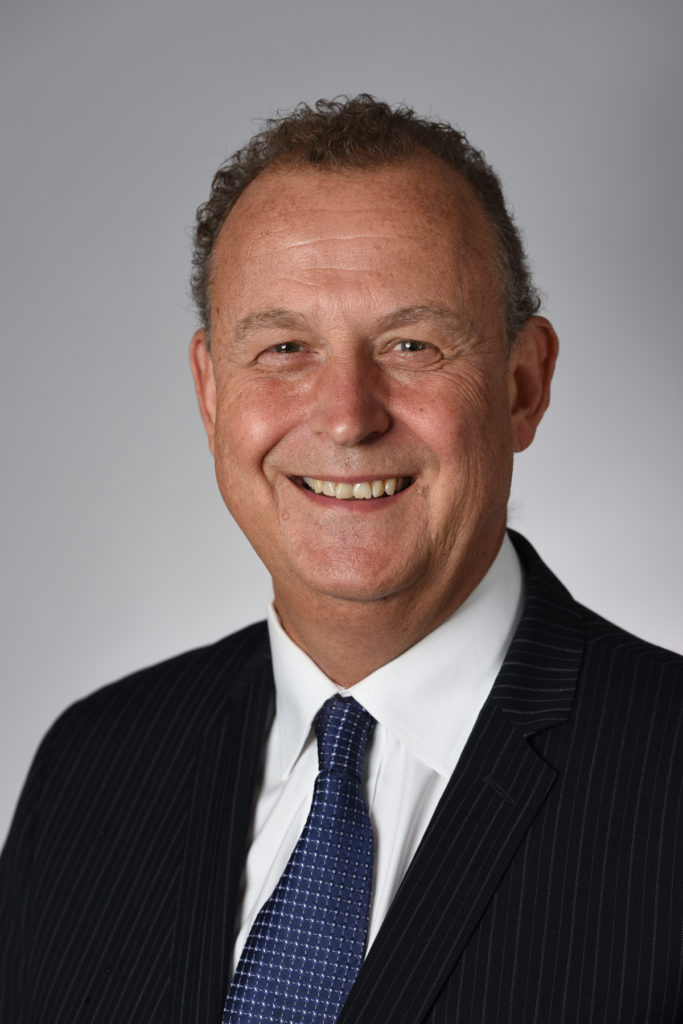New York-based Calvary Hospital has founded a high-needs population Accountable Care Organization branded as NavigatorACO. Calvary is the only acute-care hospital in the United States that focuses almost exclusively on hospice and palliative care.
NavigatorACO is designed to participate in the forthcoming Realizing Equity, Access and Community Health (ACO REACH) program. Effective Jan. 1, 2023, the U.S. Centers for Medicare & Medicaid Services (CMS) is replacing the Global and Professional Direct Contracting (GPDC) model with ACO REACH.
The agency says the new program reflects its redesigned strategy for payment system demonstrations, with advancing health equity as a key tenet.
Within ACO REACH, Calvary saw an avenue to implementing comprehensive care and securing sustainable reimbursement for palliative care, according to Calvary COO Dr. Christopher Comfort.
“For those organizations that have made the commitment to do palliative programs on an outpatient basis or in patients in their homes, the reimbursement from Medicare does not even come close to covering the costs that are required to take care of this population,” Comfort told Hospice News. “The ACO REACH high-needs model gave the opportunity for those of us providing that kind of care. If we, in fact, provide care that is more cost-efficient and of higher quality than the typical way these patients are cared for, then we thought it was only fair for us to participate in that cost savings.”
The high-needs population ACO model is one of three tracks within the REACH program. The others are Standard ACOs and New Entrant ACOs.
The high-needs population ACOs serve original Medicare patients who have complex health needs. Typically, these patients have multiple chronic conditions, frailty or functional status issues, and have a high degree of health care utilization —including hospitalizations and emergency department visits.
Among the three models, the high-needs track was the best fit for Calvary’s patient population, Comfort indicated. The hospital also determined that the communities they serve would benefit from the model’s focus on health equity and social determinants of health.
“Depending upon where you’re practicing here in New York, and especially in the Bronx where we are, there is a significant social inequity and social differences in the way populations actually access health care,” Comfort said. “One of the foundations of the ACO REACH model is health equity and addressing the issue of disparities in care related to social determinants of health. So for us, it seems that participation in the ACO REACH high-needs model was clinically where our beneficiaries were.”
NavigatorACO will serve communities in the New York City metropolitan area, including the Bronx, Manhattan, Brooklyn, Queens, Nassau, Westchester, and Rockland counties as well as Connecticut’s Middlesex, New London, and New Haven counties.
Establishing an ACO is a complex process that involves developing individual contracts and payment arrangements with a range of providers with the capabilities of caring for patients’ complex needs. The ACO takes full responsibility for the patient’s care and the associated costs and essentially becomes the payer for the contracted organizations.
The members of NavigatorACO include Calvary Hospital, Calvary Hospice, the Navigator Program (a palliative care consultive service), and Connecticut Hospice. Each of these members has a shared savings arrangement with the ACO.
To achieve the objectives of ACO REACH, the member organizations will also have to develop close working relationships with primary care providers.
“It will further foster the relationships between [NavigatorACO] providers and primary care physicians because we realize that the providers associated with the ACO may not be the primary providers driving care,” Comfort said. “The consultant services of palliative care and hospice care will be shared with primary care providers so that it creates a new team. It is a distinctly different management model than the typical ACO.”
ACOs in the high-needs program also must provide case management services to help patients navigate the labyrinthine health care system.
In addition, because NavigatorACO will rely on voluntary alignment, they will have to do a substantial amount of marketing and patient and family education. In voluntary alignment models, the patient themselves must choose to receive care through that specific program. This is in contrast to claims-based alignment in which patients are automatically enrolled in a program if their health care history meets certain criteria.
CMS has been very prescriptive when it comes to messaging and marketing practices that ACOs employ to prevent patients from feeling pressured into choosing the program, according to Comfort.
To effectively meet these requirements, ACOs must manage a vast amount of data to predict beneficiary behavior over time and strategically plan interventions. This includes claims data provided by CMS.
“The structure of the ACO, while it does not include direct care structures, is very sophisticated,” Comfort told Hospice News. “The administrative management structure that it has to put together must be able to assist participating physicians and physician groups and manage these patients over a long period of time.”
Companies featured in this article:
Calvary Hospice, Calvary Hospital, Connecticut Hospice, NavigatorACO



